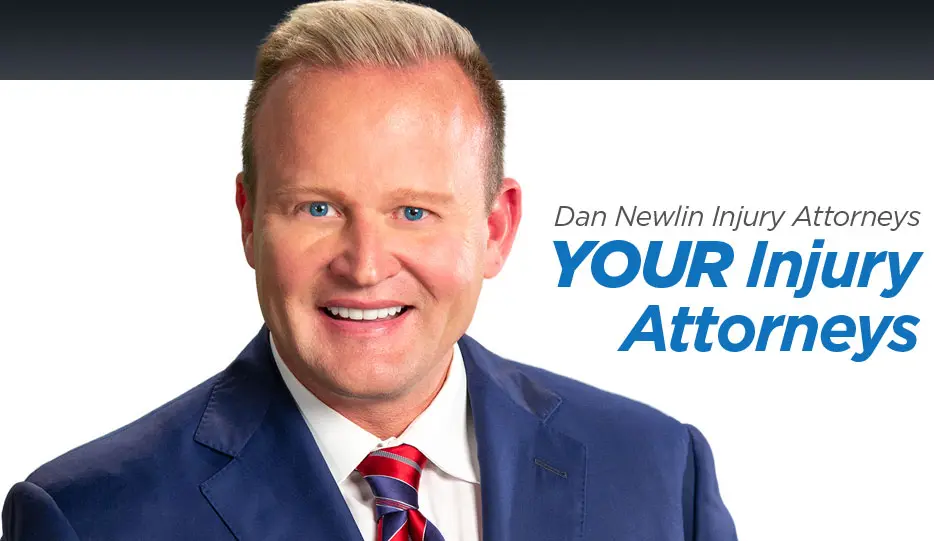FAQ's: Your Questions Answered
FREE CONSULTATION
What is the difference between Paraplegia and Quadriplegia?
Paraplegia and quadriplegia (now more commonly referred to as tetraplegia) refer to the severity and totality of paralysis that occurs as the result of a spinal cord injury.
Paralysis is a general term used to describe the loss of movements and/or sensation following damage to the nervous system. Knowing the precise level of the injury is helpful in predicting which parts of the body will be affected by paralysis and loss of function.
Paraplegia describes a form of paralysis. Either complete or incomplete, which affects the lower extremities (legs and trunk) but not the arms. Whether the trunk of the body is affected or not depends primarily on the location, or level, that the injury of the spinal cord occurred that causes the paralysis. If only one limb is affected the correct term is monoplegia.
Paraplegia is the result of suffering a spinal cord injury at the thoracic level and below, with the hands not affected. With injuries occurring at T-1 to T-8 there is normally control of the hands, but trunk control, is compromised because abdominal muscle control is diminished. In the event the spinal cord injury is lower in the thoracic area (T-9 to T-12) good truck control and good abdominal muscle control is usually present. Sitting balance is often not impacted. Lumbar and Sacral injuries yield decreasing control of the hip flexors and legs.
Spinal cord injuries may result in other issue besides loss of sensation and motor function. Bowel and bladder dysfunction is not uncommon, as well as a loss or impairment of sexual function, more commonly in males. Chronic pain, low blood pressure or the ability to regulate blood pressure, a reduction in the ability to control body temperature and sweat below the level of injury may also result from a SCI.
Quadraplegia, or tetraplegia, is a spinal cord injury that results in the paralysis of not only the legs and trunk, but the arms as well. Injuries to the cervical (neck) area may result in quadriplegia. If the injury occurs high in the neck (C-4 and above) the injured party may need to use a ventilator or electrical implants in order to be able to breath. This is because the diaphragm is controlled by spinal nerves exiting at the upper level of the neck. Such was the case with the well known actor, Christopher Reeves, who suffered a spinal cord injury to his C-4 area and had to use a mechanical ventilator that was placed in a hole in his throat in order to breath.
The well documented horse riding accident of Christopher Reeve (Superman) resulted in a ‘complete’ spinal cord injury above C3 and he had to use a mechanical ventilator via a hole in his throat to breathe.
As would be expected, tetraplegia is far more debilitating than paraplegia as all four limbs (arms and legs) suffer paralysis. Listed below are the typical deficiencies and impairments victims of tetraplegia can expect to experience as a result of a spinal cord injury to the different levels of the cervical and thoracic areas of the spine. This list is for example only because each spinal cord injury may have different outcomes.
Injuries to the C-1 to C-4 area of the spinal cord may result in deficits to involuntary bodily functions. The ability to breath is often impacted, requiring mechanical of electrical devices to assist in respiration.
Spinal cord injuries in the C-5 region many times allows control of the shoulders and biceps, but control of the wrist and hand are absent. C-6 injuries may allow wrist control, but do not allow hand control.
One with a spinal cord injury to the C-7 and T-1 levels of the spine could expect being able to straighten their arms but may not have dexterity with their hand and fingers. Injuries at the thoracic level and below result in paraplegia, with the hands not affected.
T-1 to T-8 injuries most often allows control of the hands, but lack trunk control as the result of decreased abdominal muscle control.
Lower T-injuries (T-9 to T-12 )most likely will allow good truck control and good abdominal muscle control. Sitting balance is very good. Lumbar and Sacral injuries yield decreasing control of the hip flexors and legs.
Call Dan Newlin Injury Attorneys for a free consultation and learn about the complex area of the law surrounding TBI and spine injuries. Insurance companies have attorneys whose job it is to give you as little as possible to settle your injury claim. You need an attorney by your side to help you receive all you are entitled to compensate you for your medical bills, pain and suffering. Please call Dan Newlin Injury Attorneys right away at 800-257-1822. You will be glad you did.









